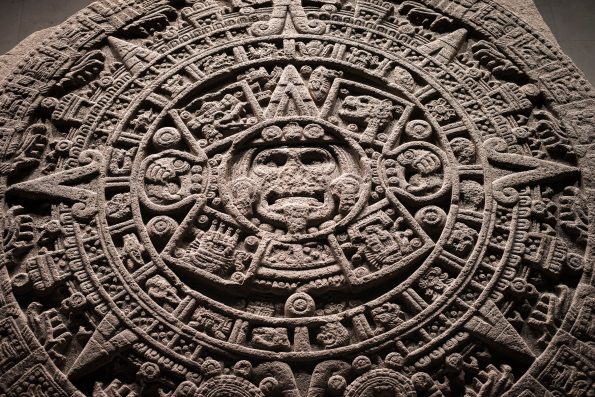Between 1345 and 1521 C.E., the Aztec Empire flourished in what is now central and southern Mexico. The Aztecs were highly advanced in agriculture and trade, largely thanks to an elite group of long-distance merchants and traders called the Pochteca.
They provided the Aztec capital and other major city-states with luxury items and exotic goods from faraway lands. They also kept tabs on their neighbors and communities in other lands.
They were not the first long-distance traders. Historical records indicate that long-distance trade in Mesoamerica began as early as the Formative period (2500 to 900 B.C.) in societies such as the Maya.
The Pochteca were based in the valley of Mexico. They traded throughout Mesoamerica and acted as a social and economic connection between many regions, expanding their empire’s reach. Their routes, sources, and connections were a secret to people who were not part of their guilds.
They may not have been royalty, but they were of a higher status than non-nobles in Aztec society. They lived in their own neighborhoods in the capital cities and had their own ceremonies, laws, and god, Yacatecuhtli, the patron of commerce.
The Pochteca were not allowed to flaunt their wealth and prestige in public out of respect for the nobles. However, they were able to host rich feasts and carry out lavish rituals to honor their patron god.
They often brought back wares like cloth, embroidery, and fine jewelry from their travels, along with rarer items, including jade, amber, seashells, and cacao.
They were also frequently escorted by armies and servants. They were even trained in combat since they suffered attacks from populations who saw them as political threats.
Evidence of their long-distance trade can be found at Paquime in northern Mexico. Trade in marine shells, polychrome pottery, and exotic birds, such as scarlet macaws and quetzal birds, was based there.

Sign up for Chip Chick’s newsletter and get stories like this delivered to your inbox.


